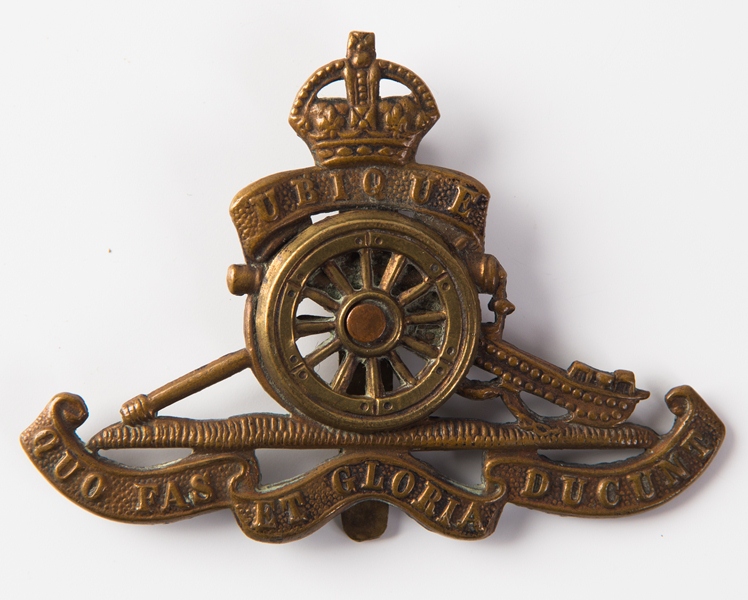Personal Details
Born: Born 30 March 1891 and baptised 7 June 1891. Also recorded with surname Caswell.
Family: Eldest of six children born to John and Jane Caswell. In November 1912 he married Beatrice Speake in Whitchurch, Shropshire and during the next three years they had two children Hector P and Frederick A. Brother of Ernest Richard Caswell.
Residence: Born at Cound Moor, near Shrewsbury, Shropshire. Ten years later he was living in Atcham Union Workhouse, near Shrewsbury with four of his siblings. 1911 finds John living with his employer in Hinckley, Leicestershire. By 1915 he was residing at 45 Wrexham Road and was still there in 1919. The 1939 Register lists him and Beatrice living at The Homestead, Coton, near Whitchurch, Shropshire.
Employment: The census of 1911 records John working as a baker’s van driver. Four years later he was employed as a baker working for Mr Bailey in Whitchurch High Street.
Died: In 1957 in Shrewsbury, Shropshire.
Military Details
Regiment: Royal Garrison Artillery
Rank: Gunner
Service Number: 165367
Date of Enlistment: 11 Dec 1915 Mobilised 8 June 1917
Date of Discharge: 18 Feb 1919
Reason for Discharge: Transferred to Reserve
Other Information: Suffered penetrating gunshot wounds in chest and shrapnel in back and legs on 3 Apr 1918. Invalided to England.
John was awarded the Campaign Medals (British War Medal, and Victory Medal).

The British War Medal (also known as 'Squeak') was a silver or bronze medal awarded to officers and men of the British and Imperial Forces who either entered a theatre of war or entered service overseas between 5th August 1914 and 11th November 1918 inclusive. This was later extended to services in Russia, Siberia and some other areas in 1919 and 1920. Approximately 6.5 million British War Medals were issued. Approximately 6.4 million of these were the silver versions of this medal. Around 110,000 of a bronze version were issued mainly to Chinese, Maltese and Indian Labour Corps. The front (obv or obverse) of the medal depicts the head of George V. The recipient's service number, rank, name and unit was impressed on the rim.
The Allied Victory Medal (also known as 'Wilfred') was issued by each of the allies. It was decided that each of the allies should each issue their own bronze victory medal with a similar design, similar equivalent wording and identical ribbon. The British medal was designed by W. McMillan. The front depicts a winged classical figure representing victory. Approximately 5.7 million victory medals were issued. Interestingly, eligibility for this medal was more restrictive and not everyone who received the British War Medal ('Squeak') also received the Victory Medal ('Wilfred'). However, in general, all recipients of 'Wilfred' also received 'Squeak' and all recipients of The 1914 Star or The 1914/1915 Star (also known as 'Pip') also received both 'Squeak' and 'Wilfred'. The recipient's service number, rank, name and unit was impressed on the rim.

